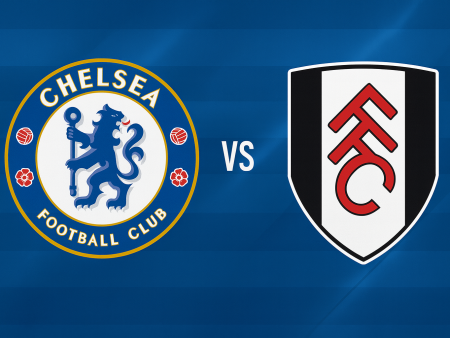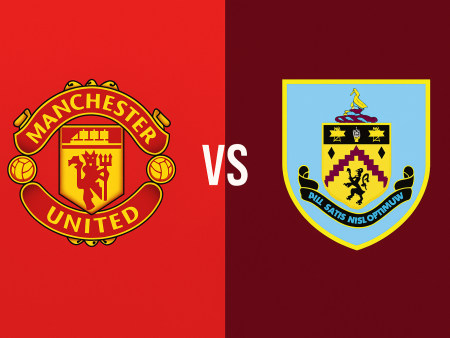Understanding Thomas Tuchel’s Tactical Blueprint: Key Principles and Playing Philosophy
Few modern football managers have attracted as much attention for their tactical adaptability as Thomas Tuchel. Despite his departure from Paris Saint-Germain (PSG) after a relatively successful stint, Tuchel remains a highly sought-after figure in both club and international football due to his innovative approach to the game. This article examines the fundamental philosophies and principles that define Tuchel’s management style, reflecting on his tenures at Mainz 05, Borussia Dortmund, and PSG while considering the tactical traits that could shape his next venture.
Tuchel’s Tactical Systems: Adapting to Squad Strengths
Thomas Tuchel is renowned for his flexibility with formations, regularly shifting his structure to maximize his squad’s abilities. Across Mainz 05, Dortmund, and PSG, he has employed a range of systems, including 4-3-1-2, 4-1-4-1, 4-2-3-1, 3-4-3, and 4-3-3, as well as a high-pressing 4-2-2-2. However, the 4-3-3 became a staple during his time at PSG, largely due to the roster’s characteristics and the requirements of top European competition.
A core theme throughout his career is his willingness to analyze a team’s composition before selecting a system, rather than forcing players into a rigid mold. One tactical constant within his varied systems is the use of a single holding midfielder as the anchor, supporting both build-up play and defensive tasks. While Tuchel’s strategic setups vary based on personnel, this article will use the 4-3-3 as a framework to illustrate his most enduring tactical ideas, which are relevant to clubs such as Barcelona or Chelsea, where this structure is preferred.
Core Principles of Thomas Tuchel’s Style of Play
While Tuchel's teams may shift their shape according to circumstances, three primary principles define his tactical identity:
- Building play through central midfielders from the back
- Coordinated, high-intensity pressing, particularly to restrict central progression
- Employing fullbacks with offensive responsibilities to create width and overloads
Building Attacks Through Central Midfield Control
A distinctive element in Tuchel's philosophy is initiating attacks through central midfielders rather than relying solely on center-backs or defensive midfielders. During his spell at Dortmund, technically gifted players such as Ilkay Gundogan and Gonzalo Castro frequently dropped deeper to form passing triangles with the defenders during buildup phases. This adjustment enabled the formation of a diamond structure at the back, where the central defensive midfielder - often Julian Weigl - acted at the point, offering another option for recycling possession or progressing the ball.
In Paris, similar patterns emerged. Leandro Paredes and Marco Verratti consistently dropped into the defense or moved into the left half-space to evade pressure, supporting Marquinhos in central areas. This strategic movement not only created overloads in possession but also disrupted typical opposition pressing schemes, particularly when teams tried to isolate the single holding midfielder. As Tuchel’s central midfielders moved into wide or deeper positions, gaps surfaced for other attackers to exploit, unlocking new pathways for progression.
This approach puts accomplished ball-players on the ball sooner, increasing the team’s chances of breaking lines and transitioning quickly into attack. Furthermore, it allows the fullbacks to transition into more advanced roles, which is another hallmark of Tuchel’s tactical setup.
Pressing Tactics: Disrupting Opponents from the Front
Effective pressing is a cornerstone of Tuchel's teams, evident from his early days at Mainz to his transformative work at Dortmund and PSG. At Mainz, he favored a narrow 4-3-1-2 (often resembling a 4-1-3-2), which used its front two to apply immediate pressure on either flank, particularly effective during opposition goal-kicks. The attacking midfielder supported this press, making it difficult for opponents to penetrate centrally, often forcing them into wide areas where Tuchel’s fullbacks and wide midfielders could apply additional pressure.
At Dortmund, the manager often deployed a 4-1-4-1 when pressing high, placing responsibility on the advanced players to recover possession quickly to mitigate potential vulnerabilities between the lines. This approach enabled Dortmund to win the ball back in dangerous areas and launch immediate counter-attacks - a staple of their game under Tuchel.
In Paris, Tuchel’s preference sometimes shifted to a 4-2-2-2 for more aggressive pressing, employing two strikers to block central passing lanes and force opponents toward the flanks, leading to mistakes or hurried long balls. However, effective pressing in this structure relies heavily on the fullbacks advancing, which can expose the team if the ball is switched quickly by the opposition. Nevertheless, this risk is calculated, fitting seamlessly into his broader tactical plan.
Offensive Fullbacks: Providing Width and Creative Overloads
A defining feature of Thomas Tuchel’s sides is the prominence of attack-minded fullbacks. These players not only cover significant ground throughout matches but also contribute directly to attacking sequences by overlapping wide midfielders or inverted wingers.
During his time at Mainz, Tuchel used energetic fullbacks to compensate for the inherent lack of width in the 4-3-1-2 system, allowing the team to stretch play while maintaining tight midfield control. At Dortmund, offensive fullbacks such as Lukasz Piszczek and Raphael Guerreiro excelled not just in overlaps but also in helping create numerical advantages in central and wide channels. Often, wingers like Henrikh Mkhitaryan or Marco Reus operated as inside forwards, providing more freedom for the fullbacks to drive forward and initiate attacks.
At PSG, this principle was accentuated even further. With star wingers like Neymar and Angel Di Maria gravitating towards central spaces, fullbacks such as Juan Bernat and Thomas Meunier were tasked with pushing high up the field, creating width and enabling their teammates to dominate more dangerous areas of the pitch. The responsibility for creative support in wide areas rarely fell to the midfielders; instead, the system was designed for fullbacks to join the attack and create overloads, liberating the frontline talents to focus on end product.
Conclusion: Why Tuchel Remains a Sought-After Innovator
Thomas Tuchel’s adaptability, keen tactical mind, and innovative strategies continue to make him a leading candidate for elite club or national team roles. His signature blend of flexible formations, intelligent pressing, and creative use of midfielders and fullbacks has produced consistently competitive teams at the highest level of European football.
Whether he finds his next opportunity at a club that favors the 4-3-3 or seeks new tactical frontiers, Tuchel's approach will remain rooted in these core principles. His commitment to evolving tactics according to his squad’s strengths sets him apart in modern coaching - a quality that keeps the football world eager to see where he will leave his mark next.













